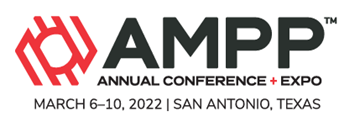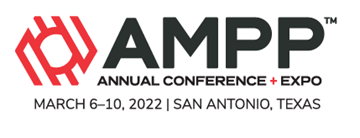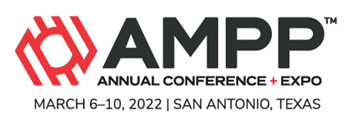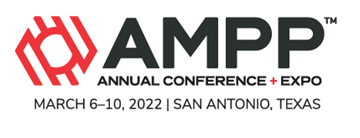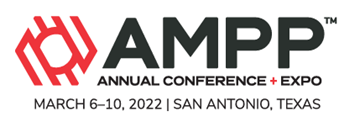Search
Online Conference Paper
View as
Sort by
Display
per page
A Novel Internal Corrosion Risk Management Methodology for Relief Lines
Product Number:
51323-19468-SG
Publication Date:
2023
$20.00
A Novel Method for the Enhanced Kill of Sulfate Reducing Microorganisms
Product Number:
51320-14412-SG
Publication Date:
2020
$20.00
A Novel Methodology For Addressing Corrosion Under Insulation (CUI) Utilizing Corrosion Inhibitor Impregnated Self-Amalgamating Silicone Based Tape
Product Number:
51322-17931-SG
Publication Date:
2022
$20.00
A Novel Quick Turn-Around Repair Coating For Offshore Windmills
Product Number:
51323-19481-SG
Publication Date:
2023
$20.00
A Paradigm Shift Of Corrosion Management Using IOW Program
Product Number:
51322-17712-SG
Publication Date:
2022
$20.00
A Parametric Evaluation of Well Construction Corrosion-Resistant Alloys for Geological Carbon Sequestration
Product Number:
51324-20582-SG
Publication Date:
2024
$40.00
A Prediction and Inspection Technology for Detecting the Corrosion Under Insulation
Product Number:
MPWT19-15162
Publication Date:
2019
$0.00
A Prediction of Corrosion-related Leakage on Distribution Pipelines via Machine Learning Method
Product Number:
51323-18972-SG
Publication Date:
2023
$20.00
A real-time matrix based corrosion monitoring system
Product Number:
51322-18130-SG
Publication Date:
2022
$20.00
A Recent Case Of Intermetallic Precipitations In Super Duplex
Product Number:
51322-17627-SG
Publication Date:
2022
$20.00
A Recent Failure Case Studies on Duplex Stainless Steels in Refinery
Product Number:
51324-20707-SG
Publication Date:
2024
$40.00
A Remote Monitoring System Featuring GPS Synchronized Instant-Off Potential And Line-Current Measurements
Product Number:
51322-17635-SG
Publication Date:
2022
$20.00



